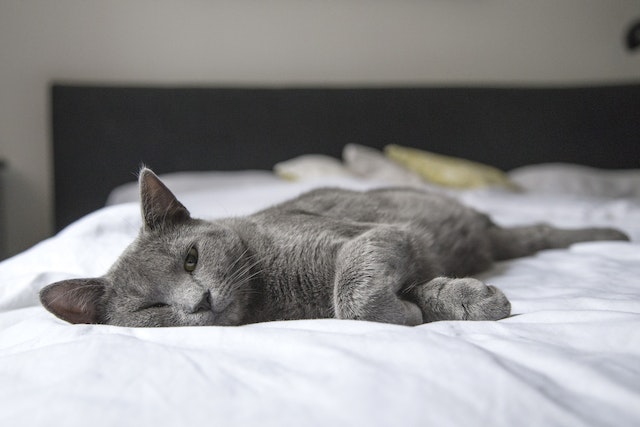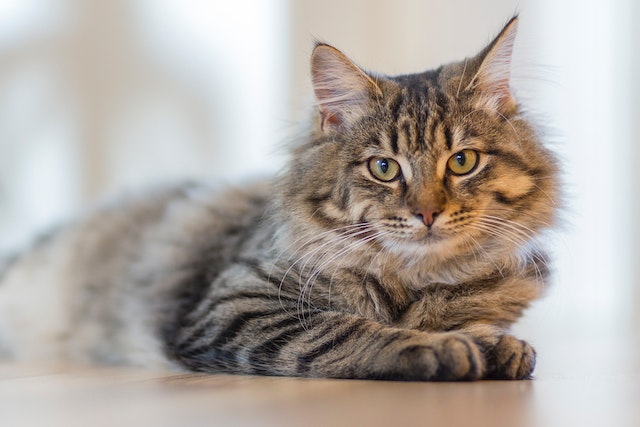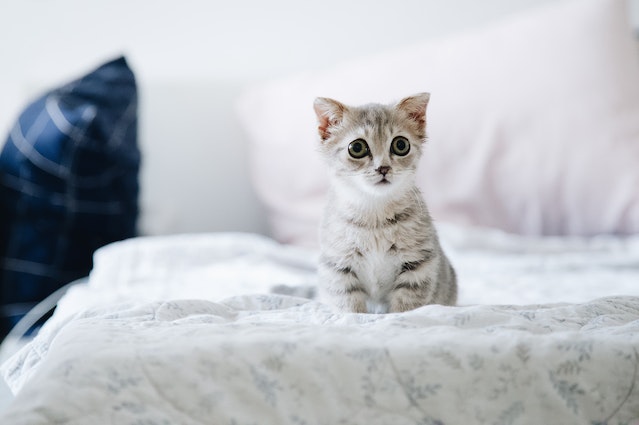The Science Behind Why Cats Purr

Cats are fascinating creatures, and one of the most intriguing aspects of their behavior is their tendency to purr. But what exactly is the science behind this mysterious sound?
First, it’s important to understand that purring is a form of vocalization, similar to meowing or growling. Cats produce the sound by rapidly contracting and relaxing the muscles in their larynx (voice box) and diaphragm. This creates vibrations in the airways, which are amplified by the cat’s vocal cords and mouth, resulting in the characteristic purring sound.
But why do cats purr in the first place? There are a few theories. One popular idea is that cats purr as a form of self-soothing or stress relief. Studies have shown that the vibrations produced by purring can have a calming effect on the cat, reducing anxiety and promoting feelings of well-being. This theory is supported by the fact that cats often purr when they are relaxed and content, such as when they are being petted or cuddled.
Another theory is that cats purr as a form of communication. Purring can be used to signal to other cats or humans that the cat is friendly and approachable. This theory is supported by the fact that cats often purr when they are interacting with other cats or humans, such as when they are being petted or playing.
A third theory is that cats purr as a way to communicate with their owners and solicit attention or food. This theory is supported by the fact that cats often purr when they are near their owners or when they want something, such as food or affection.
There is also some scientific evidence that suggests that cats purr for medicinal and healing purposes. Some studies suggest that the vibrations produced by purring can help to reduce pain and inflammation, promote healing of bones and tissues, and even lower the risk of certain diseases.
While the exact reason why cats purr is still not fully understood, it is clear that this behavior has a number of benefits for both cats and their human companions. For cats, purring can provide stress relief and promote healing. For humans, the sound of a purring cat can be comforting and soothing, and has been shown to lower blood pressure and reduce feelings of anxiety and depression.
In conclusion, the science behind why cats purr is still not fully understood. But researchers have proposed different theories that might explain this behavior. Cats purr for self-soothing, communication, solicit attention or food and healing purpose. But whatever the reason behind it, the soothing sound of a purring cat can bring comfort and happiness to both cats and their human companions.

